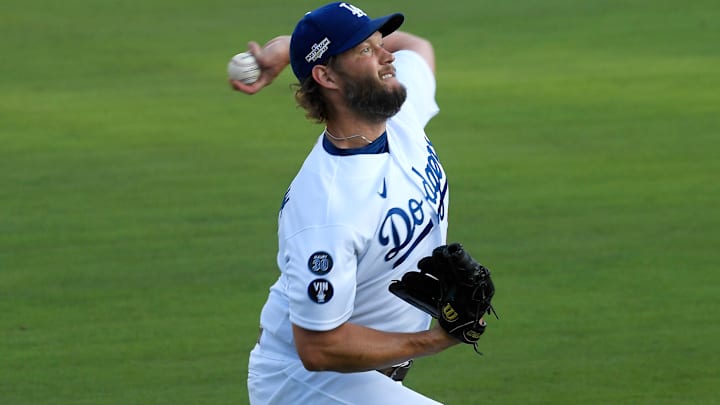Alex Vesia, LHP
Of all of baseball's newly-nervous players, veteran relievers who've always taken their sweet time to get set and deliver are probably the most at-risk.
Many flamethrowing relief pitchers have been known to take a deep breath, collect themselves, and fully rev up in order to put their full effort behind each pitch. Those days will have to change, and those pitchers will have to fix their stamina. They'll no longer be able to gas up, instead being forced to deliver the ball within 15 seconds of receiving the catcher's throw with the bases empty and within 20 seconds when runners are on.
MLB's Statcast measures Pitch Tempo, an imperfect parallel, but a stat that provides a window into which pitchers are taking the most time between deliveries. As the metric helpfully dictates, the pitch timer measures the amount of time that passes between the pitcher receiving the ball and starting his motion. Pitch Tempo? That's a measure of the time between successive releases, from one instance of the ball leaving a pitcher's hand to the next. Still, using Pitch Tempo, we're able to see which relievers are at risk; if one thing takes a while, it stands to reason that the other will, too. Kenley Jansen's third-worst tempo backs that hypothesis up.
The current Dodgers reliever with the worst tempo? That would be Alex Vesia, who averaged 24.5 seconds between releases last season, good for eighth-worst in baseball. If Vesia's going to recapture his fire-breathing glory this year, he'll have to figure out how to do so without taking deep breaths first.
